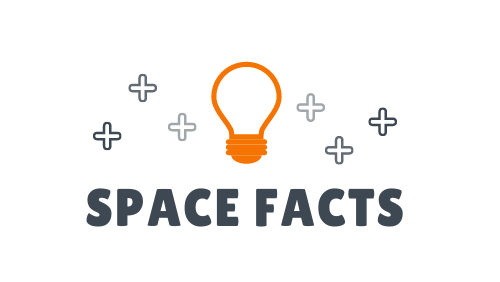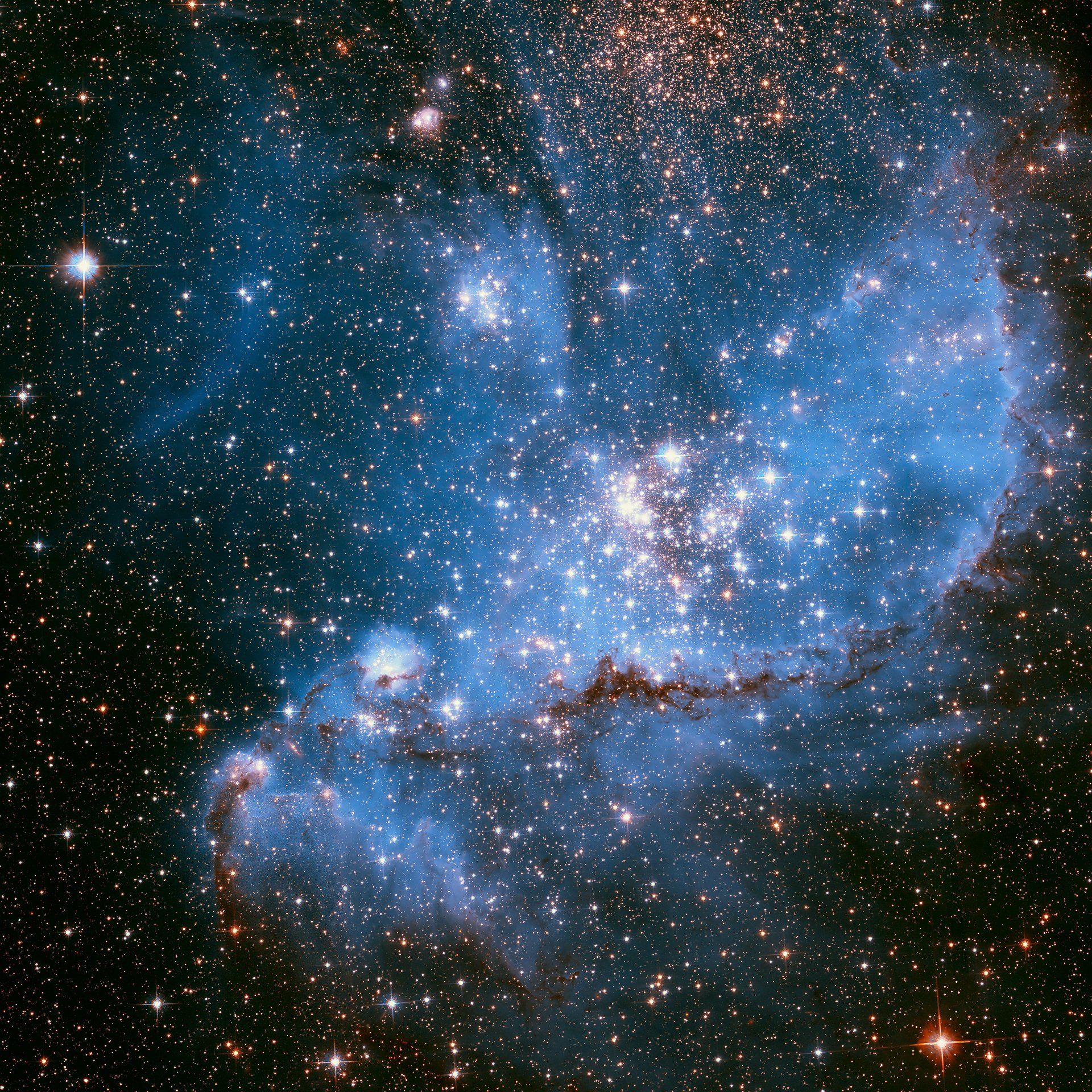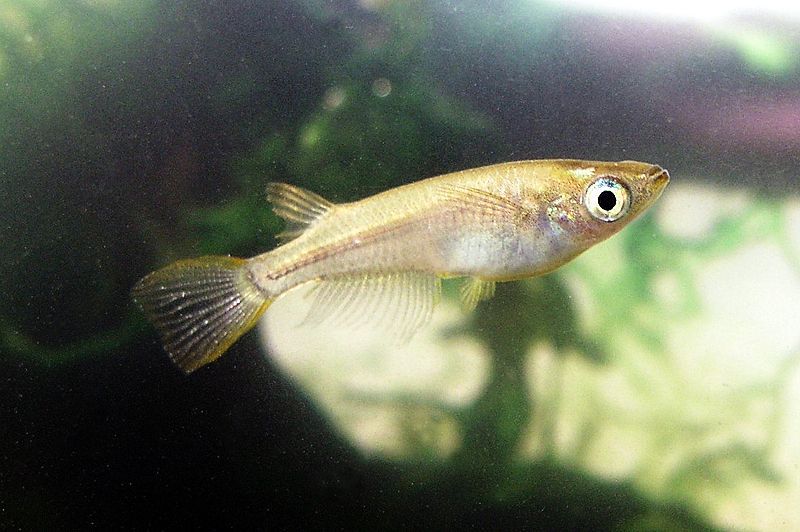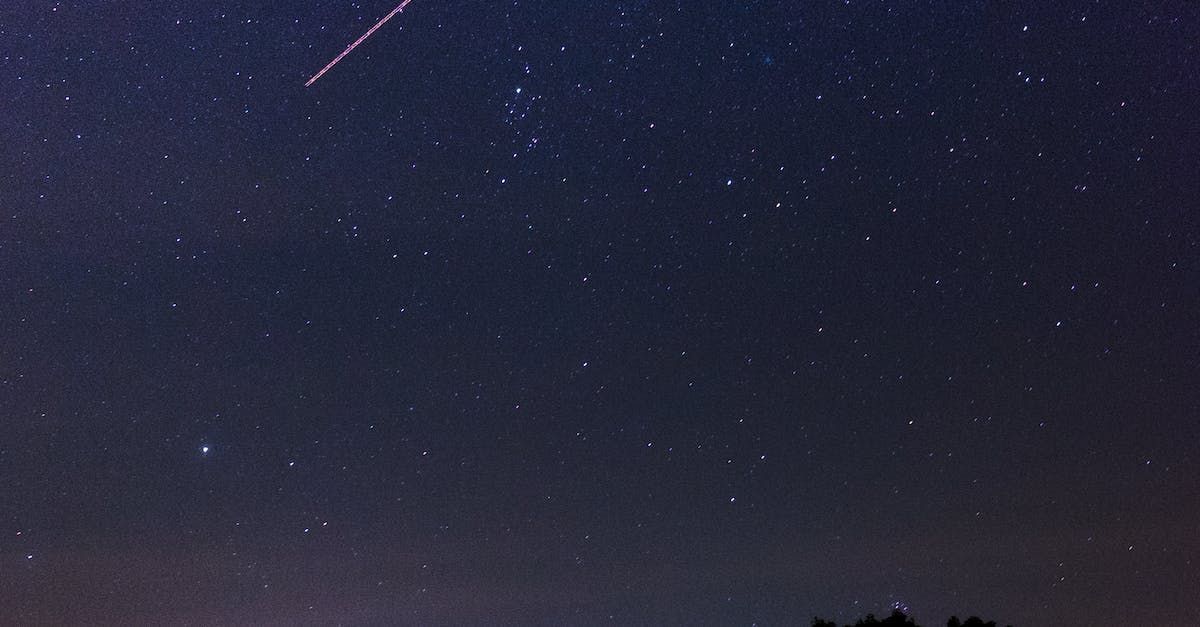How Many G's Do Astronauts Experience?
How Many G's Do Astronauts Experience?
The term "g-forces" refers to the force felt by pilots or astronauts when their craft undergoes rapid acceleration or deceleration. It is measured in units of g, where 1 g is the normal pull of gravity. During the early days of space travel, astronauts experienced launch and re-entry forces of up to 6 g or more. In the space shuttle, lift-off results in experiencing over 3 g. To prevent unconsciousness due to excessive pooling of blood under severe g-forces, pilots and astronauts wear specialized g-suits.
GForce training on a centrifuge
The body content of your post goes here. To edit this text, click on it and delete this default text and start typing your own or paste your own from a different source.
What Is A Centrifuge?
A centrifuge is a device that generates a centrifugal force, pushing objects away from the center or axis. This equipment is commonly used to separate substances with different densities or to remove moisture, as in a salad spinner. Additionally, centrifuges can simulate gravitational effects, making them useful in scientific investigations.
During the early days of space exploration, NASA utilized centrifuges to train astronauts for their lunar mission. Nowadays, smaller centrifuges on the International Space Station enable scientific experiments by simulating microgravity and Earth's gravity. These centrifuges can also separate plasma, red and white blood cells from blood samples.
What does a centrifuge feel like?
At carnivals, a popular ride involves a circular platform that spins at high speeds. While standing inside, the rider's back is pushed against the wall. As the platform accelerates, the floor drops suddenly, but the rider remains pinned to the wall due to the force that is equivalent to three times the normal force of gravity, also known as 3-g. This force is so great that it can cause a person to feel disoriented or dizzy. According to Malcolm Cohen, the chief of the Human Information Processing Research Branch at NASA Ames, this force can be quite intense.
© Copyright 2021 Space-facts.co.uk
View our other facts sites: www.animal-facts.co.uk










